39 given the cost curves in the diagram, what market situation would you expect to occur?
(c) The curves depicted in in the graph are indifference or iso-utility curves. (d) All of the above. 26. The MRS from point B to point C in the above graph must be lower (in absolute value) than the MRS from point A to point B. The reason this statement is true is due to: (a) the law of demand (b) the law of diminishing marginal utility
The Demand curve, Average Total Cost curve, Marginal Cost Curve, and Marginal Revenue Curve for this firm are shown in the picture below. The government decides to regulate this market using marginal cost pricing. That is, the firm is told to produce that level of output where MC is equal to P for the last unit produced.
In the diagram below, the firm shown has high costs such that the market price is below the average cost curve. At the profit maximising level of output, the firm is making an economic loss . E is the equilibrium point. At this point MR= MC. Drawing a straight line from E to AC curve gives us the cost of the product. Here, AC > AR(or price).
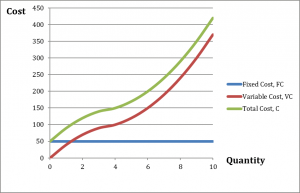
Given the cost curves in the diagram, what market situation would you expect to occur?
They cannot affect the market price. See graph below. 3) Note: You need to differentiate the demand for the whole market from the demand for one seller. Demand for the whole market is downward sloping curve shown in the left graph. Demand for an individual seller is a horizontal line at the equilibrium price determined by the market. 2.
Given the cost curves in the diagram, what market situation would you expect to occur? 60- O A. Price discrimination. 50- OB. A cartel. OC. A natural monopoly. 40- OD. Price differentiation. Cost per Unit a 30- 20- LAC LMC 10- 0- 10 20 30 40 50 60 70 80 90 100 Quantity (per month)
(25 points) For each of the following scenarios, use a supply and demand diagram to illustrate the effect of the given shock on the equilibrium price and quantity in the specified competitive market. Explain whether there is a shift in the demand curve, the supply curve, or neither.
Given the cost curves in the diagram, what market situation would you expect to occur?.
Whatever the market price is, that's the price that they are going to sell their products for. And their decision is really what quantity to produce and sell and whether to enter or exit the market. So let's look at that a little bit. So these are just your classic and supply demand curves, supply and demand curves, you might see for a market.
Given the cost curves in the diagram, what market situation would you expect to occur? A natural monopoly. Which of the following is not a characteristic of a monopoly?. Barriers to entry. A product with no close substitutes. A single firm in the market. Free entry and exit.
Given the cost curves in the diagram, what market situation would you expect to occur? A natural monopoly. The costs of a purely competitive firm and a monopoly could be different because the. monopoly might experience economies of scale not available to the competitive firm.
It is possible to show, and you should be able to do this, that the demand functions for x and y are: px 0.4I x* = and py 0.6I y* = . If income, I, is $240, you can diagram the demand curve for x: A graph showing the demand curve for good x based on the utility function U = x0.4y0.6 and income of $240.
Since the marginal cost curve intersects the average cost curve at the minimum, and firms produce where marginal revenue is equal to marginal costs, firms will be productively efficient (recall productive efficiency means "least cost" since we are at the minimum ATC, we must be at least cost). Moreover, in this market there is a strong ...
Assume constant costs. Given the change in demand shown by the left diagram, illustrate how this change in demand affects the representative firm. a. Given this change in demand, the representative firm will produce_____output at a_____price. b. Long-run equilibrium will be restored by_____shifting _____until it is equal to the minimum ATC.
A) The demand curve shifts leftward. B) The demand curve shifts rightward. C) The demand curve does not shift. D) There is not enough information to tell how the change shifts the demand curve for cars. Answer: C 19) If the price of chocolate chip cookies rises, then A) the demand curve for chocolate chip cookies shifts rightward.
firm's cost curves to shift upward? (A) An increase in wages (B) An increase in the firm's output (C) An increase in the output price (D) A decrease in the firm's output (E) A decrease in the price of energy ,Marginal Cost I I 1 151'8 20 * 0 10 QUANTITY 9. The diagram above shows a perfectly competi- tive firm's short-run cost curves.
b. When fixed costs increase, so will average total costs The average total cost curve will shift upward. In panel (a) of the accompanying diagram, this is illustrated by the movement of the average total cost curve from its initial position, ATC1, to its new position, ATC. The marginal cost curve is not affected if the variable costs do
Kinked demand curve. A kinked demand curve occurs when the demand curve is not a straight line but has a different elasticity for higher and lower prices. One example of a kinked demand curve is the model for an oligopoly. This model of oligopoly suggests that prices are rigid and that firms will face different effects for both increasing price ...
The demand curve the firm faces is the market demand curve. Thus if it wants to sell more, it must lower the price. ... In certain industries natural monopolies exist where the long run average cost curve continues to decline in the relative region of demand. Consequently, one firm is able to produce enough for the market at a lower per unit ...
Total Costs: $400. Total costs correspond to the red area in Figure 3.6i. This area is made up of a triangle with a base of 300 and height of $3. The area is (300 x $3)/2. Total Market Surplus: $900. Total market surplus can be calculated as total benefits - total costs.
Unlike the short-run market supply curve, the long-run industry supply curve does not hold factor costs and the number of firms unchanged. Figure 9.16 "Long-Run Supply Curves in Perfect Competition" shows three long-run industry supply curves. In Panel (a), S CC is a long-run supply curve for a constant-cost industry. It is horizontal.
Given the cost curves in the diagram, what market situation would you expect to occur? (LAC and LMC start at different points in the beginning and begin to converge) A. Price differentiation. B. A natural monopoly. C. A cartel. D. Price discrimination.
A monopolist is defined as A. a single supplier of a good or service for which there is no close substitute. Your answer is correct. B. a firm with annual sales over $10 million. C. a producer of a good or service that is expensive to produce, requiring large amounts of capital equipment. D. a large firm, making substantial profits, that is ...
Given the cost curves in the diagram, what market situation would you expect to occur? A. Price discrimination. B. Price differentiation. C. A natural monopoly. D. A cartel. The demand curve of the monopolist A. is the same as the industry demand curve.
This least cost curve is the long-run total cost curve. Points P,B,R and S are associated with points P', B', R' and S' on the expansion path. For example, in Fig. 14.6 the least cost combination of inputs that can produce Q 1 is K 1 units of capital and L 1 units of labour.
If the demand curve shifts farther to the left than does the supply curve, as shown in Panel (a) of Figure 3.11 "Simultaneous Decreases in Demand and Supply", then the equilibrium price will be lower than it was before the curves shifted. In this case the new equilibrium price falls from $6 per pound to $5 per pound.
Now you have two points on the market demand curve, with this, you can connect the two points to give the whole curve. Note that market demand behaves in the same way as individual demand: it is shifted by external forces like income, prices of related goods, preferences, and expectations.
($210 - $10)/4]. The AFC curve would not be affected by the change in variable costs. WRITE [10] Indicate how each of the following would shift the (a) marginal cost curve, (b) average variable cost curve, (c) average fixed cost curve, and (d) average total cost curve of a manufacturing firm. In each case specify the direction of the shift. a.
A. Short-Run Firm Supply Curve: That portion of a firm's marginal cost curve that intersects and rises above the low point on its average variable cost curve. B. Short-Run Industry Supply Curve: Sums horizontally each firm's short-run supply curve. C. Firm Supply and Market Equilibrium: Each perfectly competitive firm selects the
d. expectations change - you expect the price of your product to rise next month ANSWER: a. A change in price will cause a movement along the supply curve, or a decrease in quantity supplied. b. The supply curve will shift to the right. c. The supply curve will shift to the left. d. The supply curve will shift to the left.
Now compare two different scenarios: In scenario 1, both firms and all 350 workers are in the same city, and each firm is able to hire 175 workers. In scenario 2, the two firms, each with 175 workers, are in two different cities. Now suppose that both firms are contracting, decreasing their demand for labor down to 40 each.
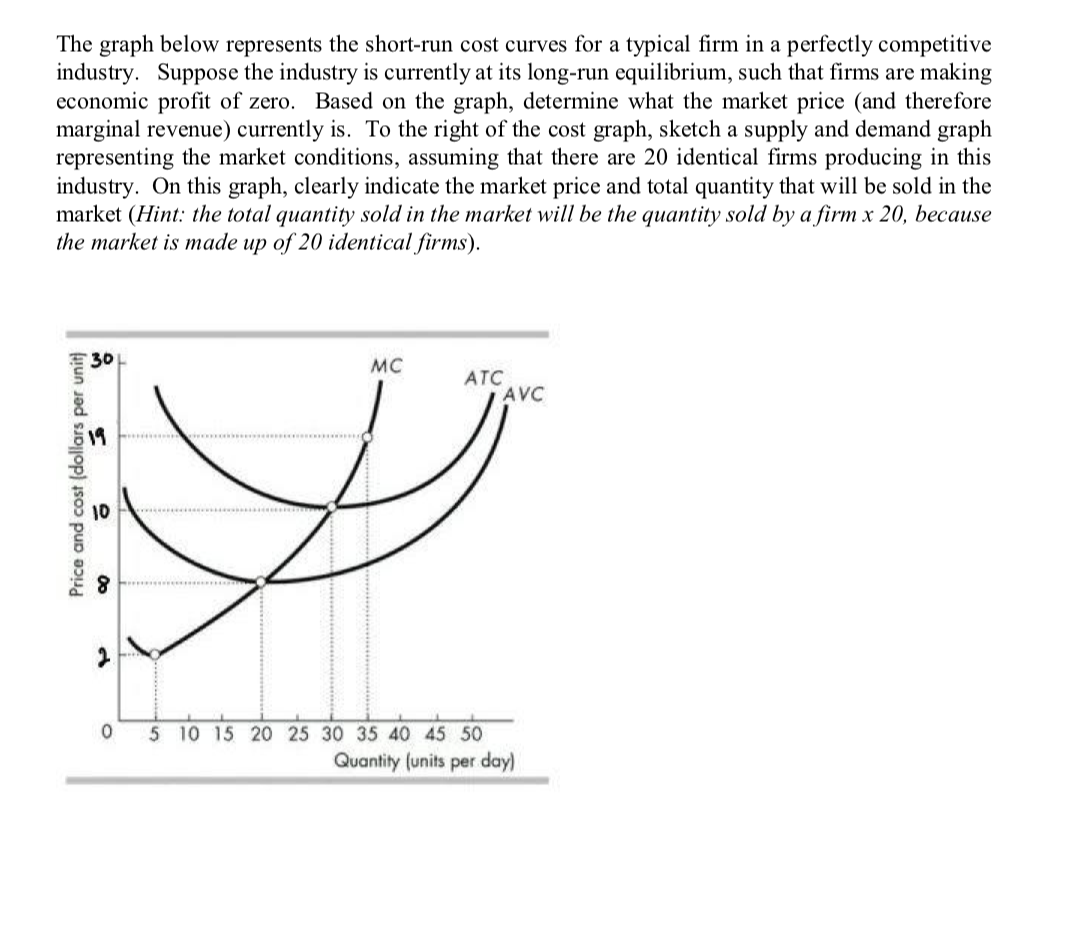






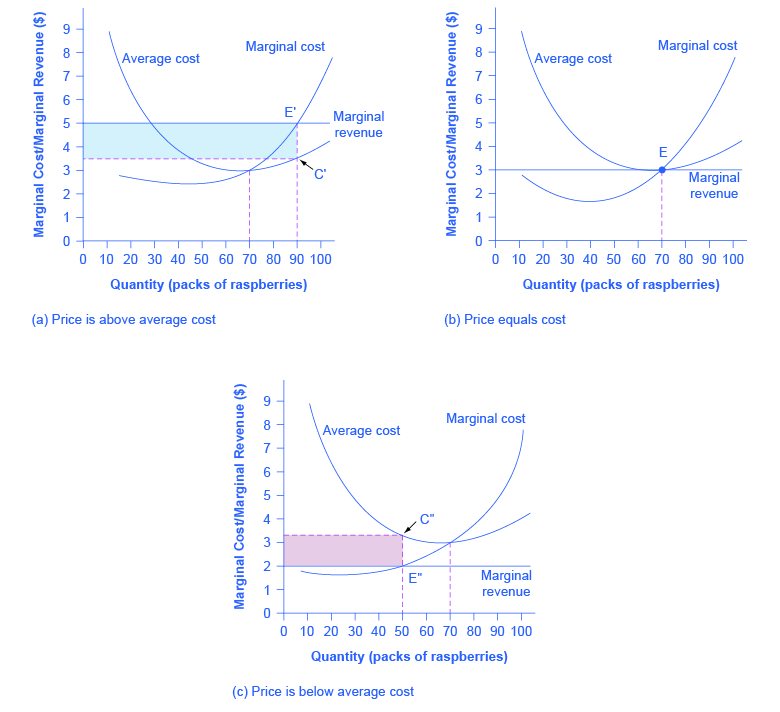
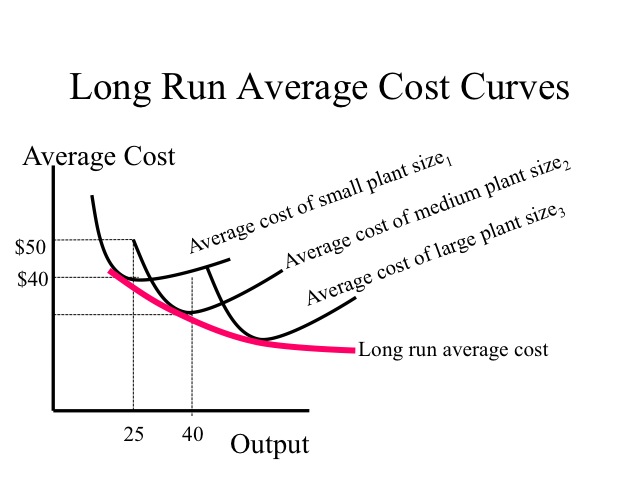


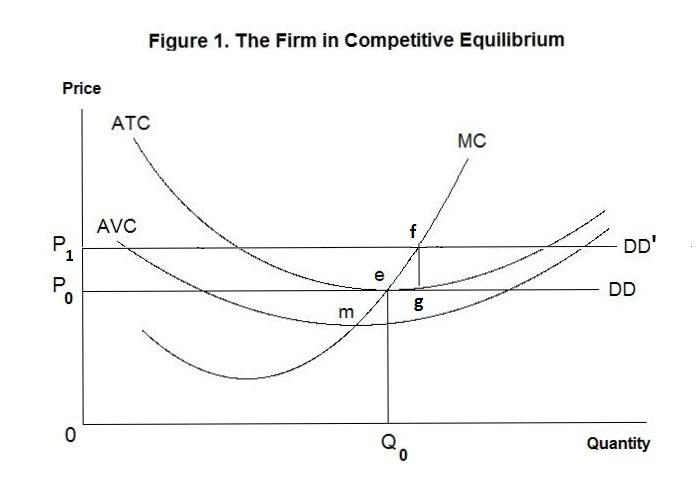

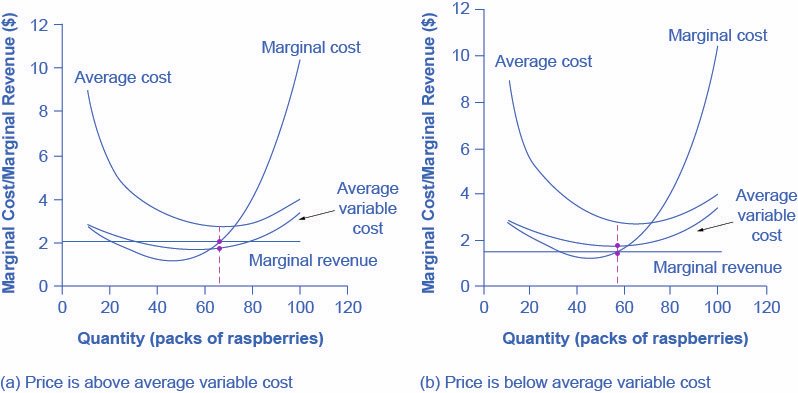

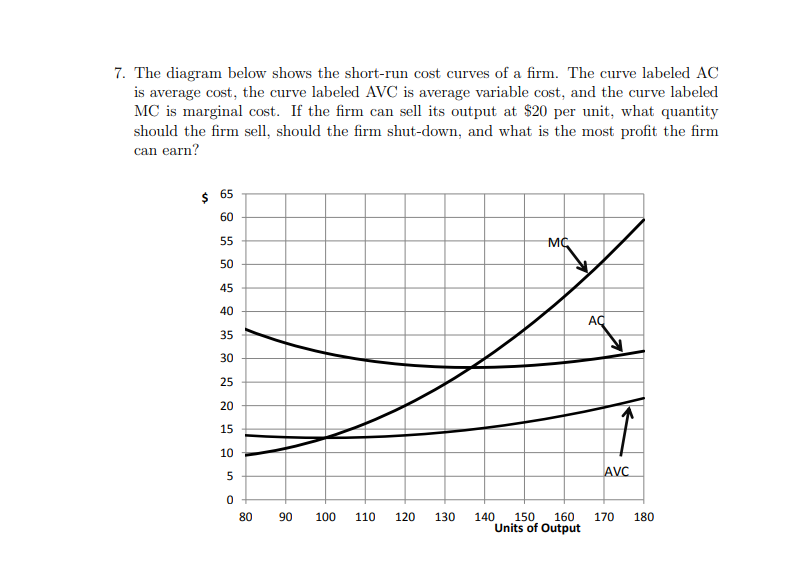
/disequilibrium-498e9ba4154c4a7c8739b3443da14b17.png)
:max_bytes(150000):strip_icc()/ChangeInDemand2-bd35cddf1c084aa781398d1af6a6d754.png)


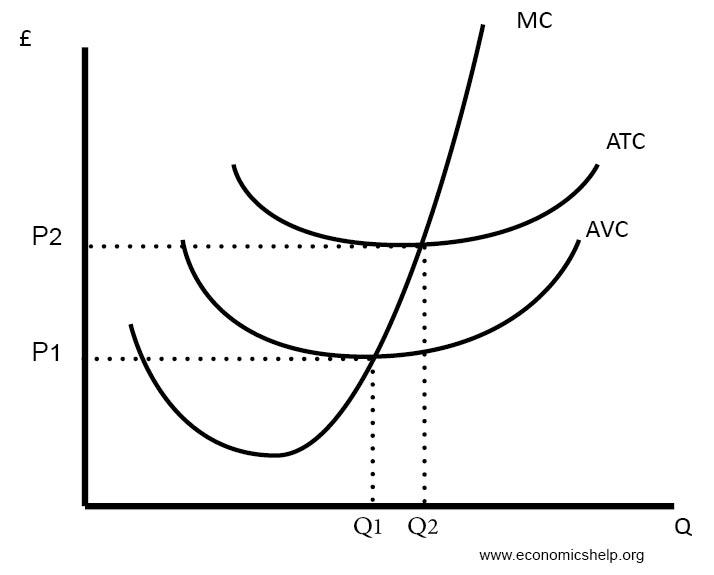
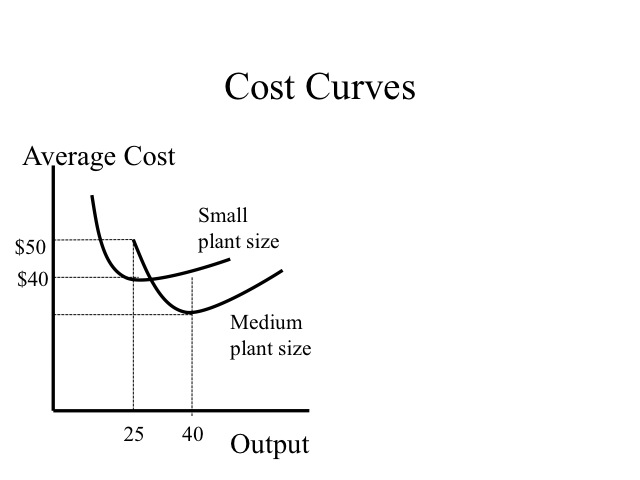

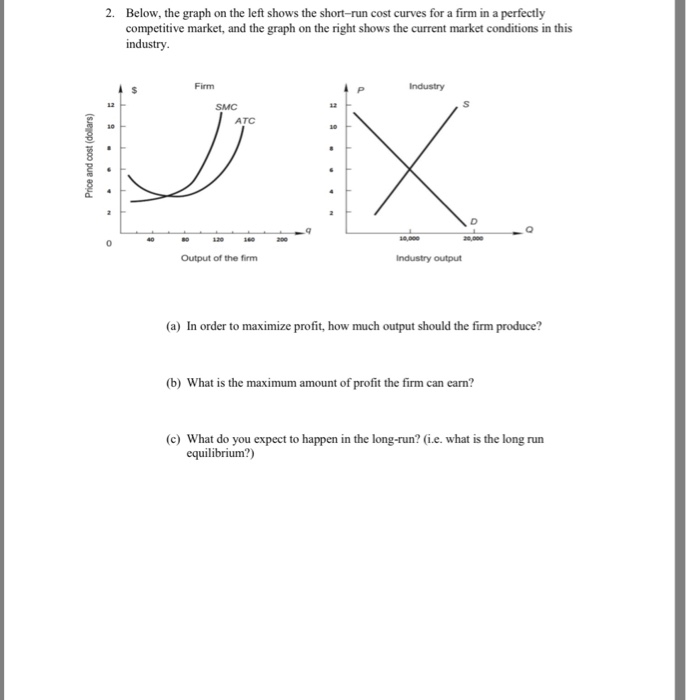

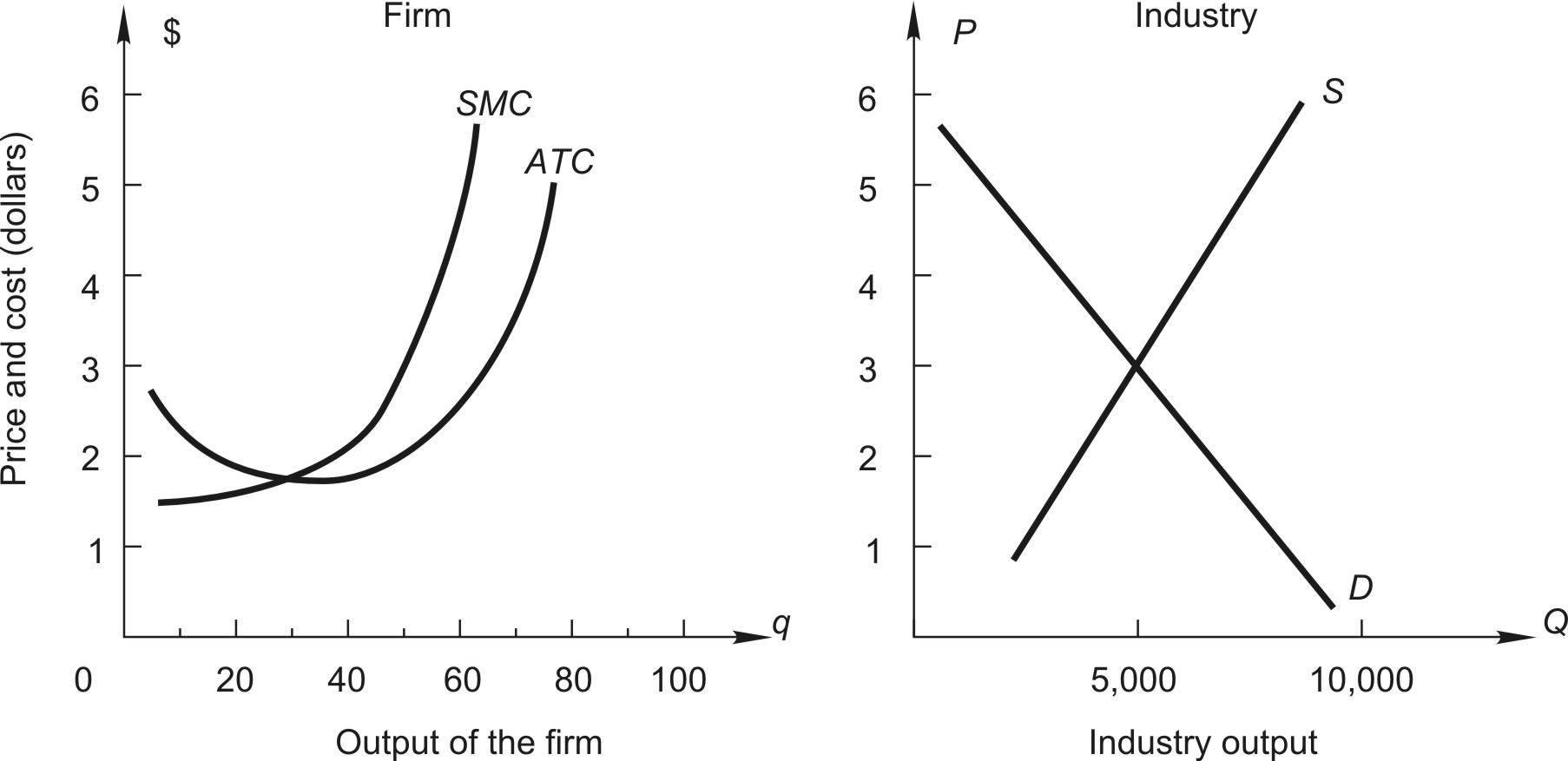

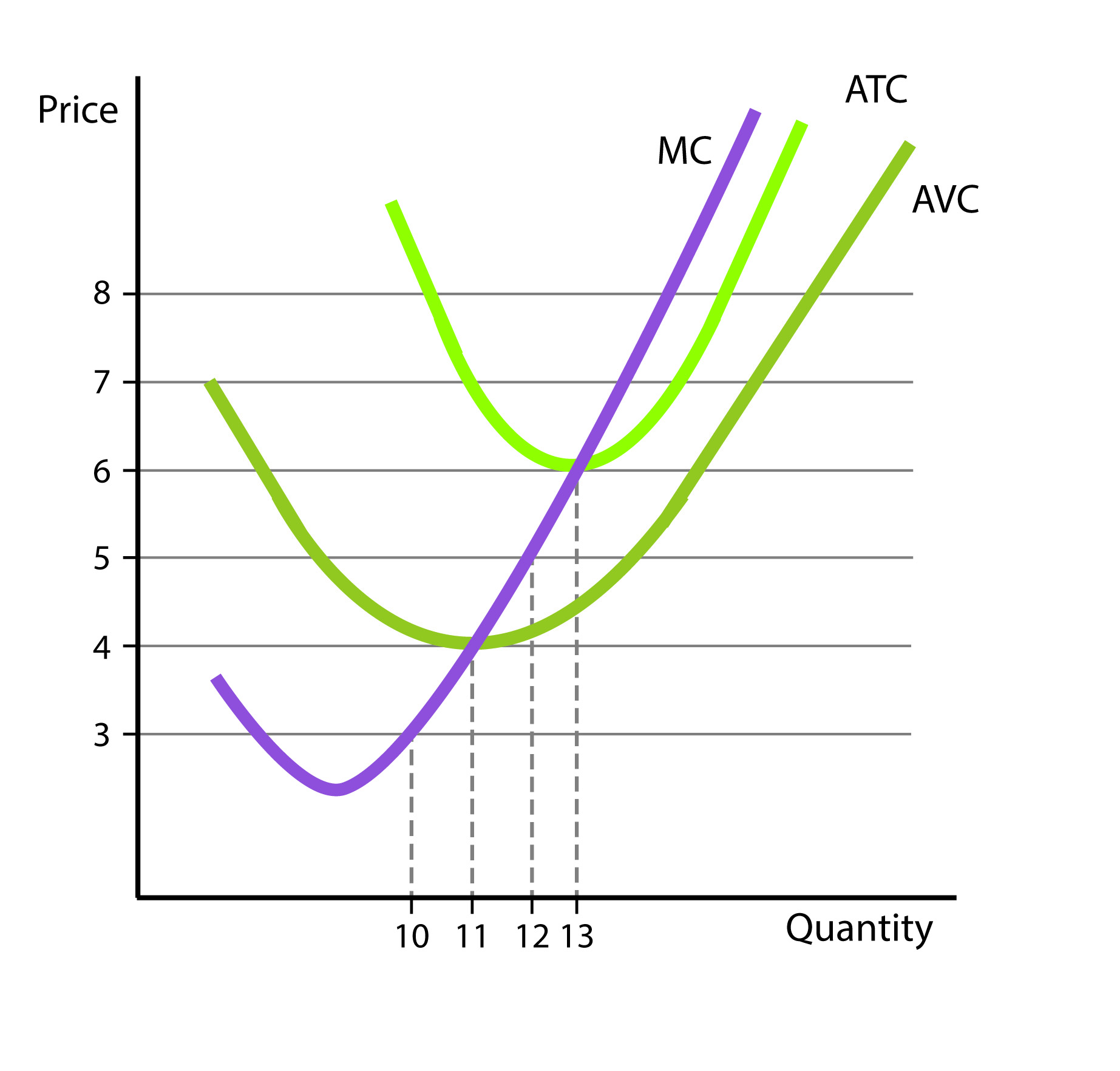
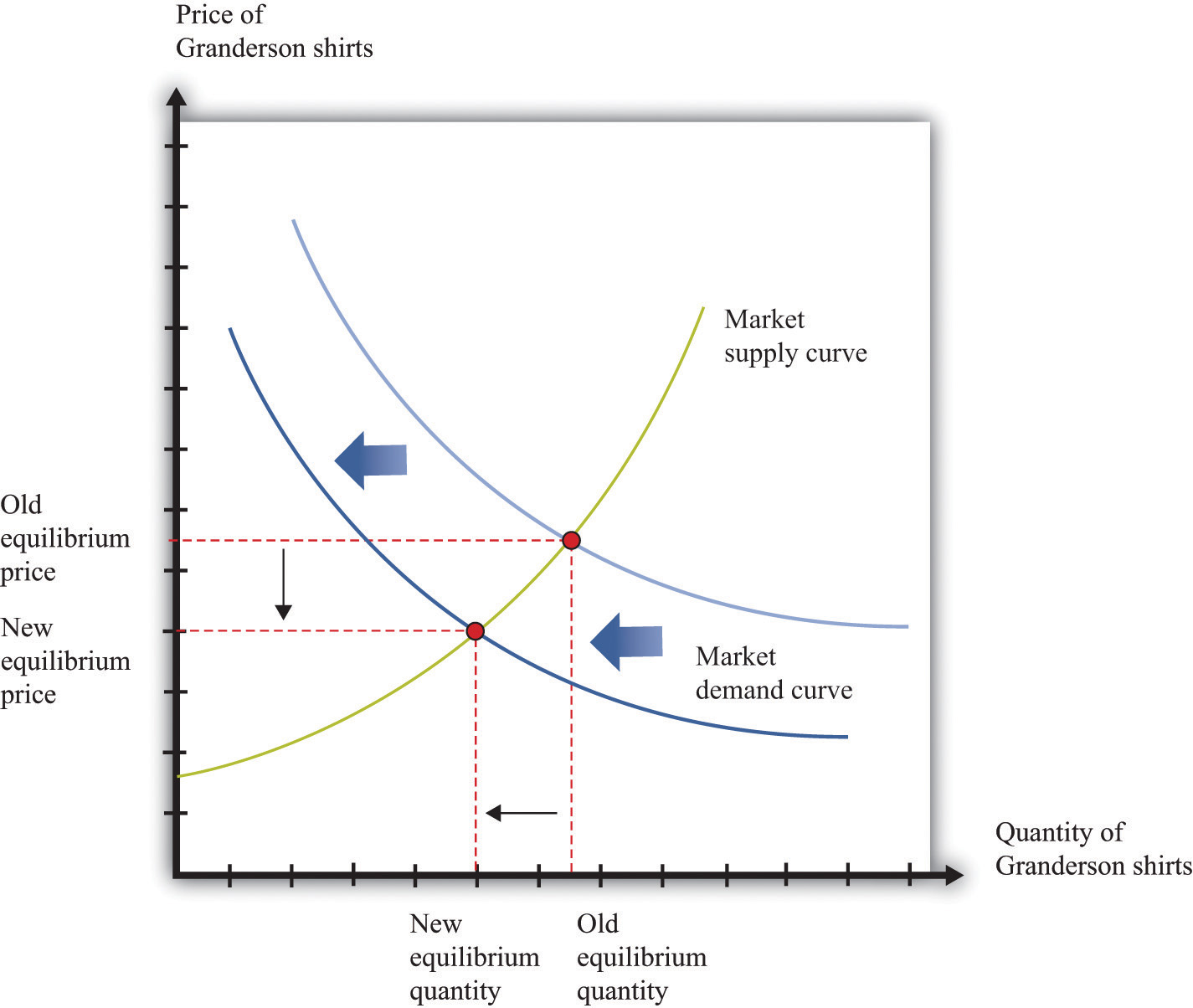
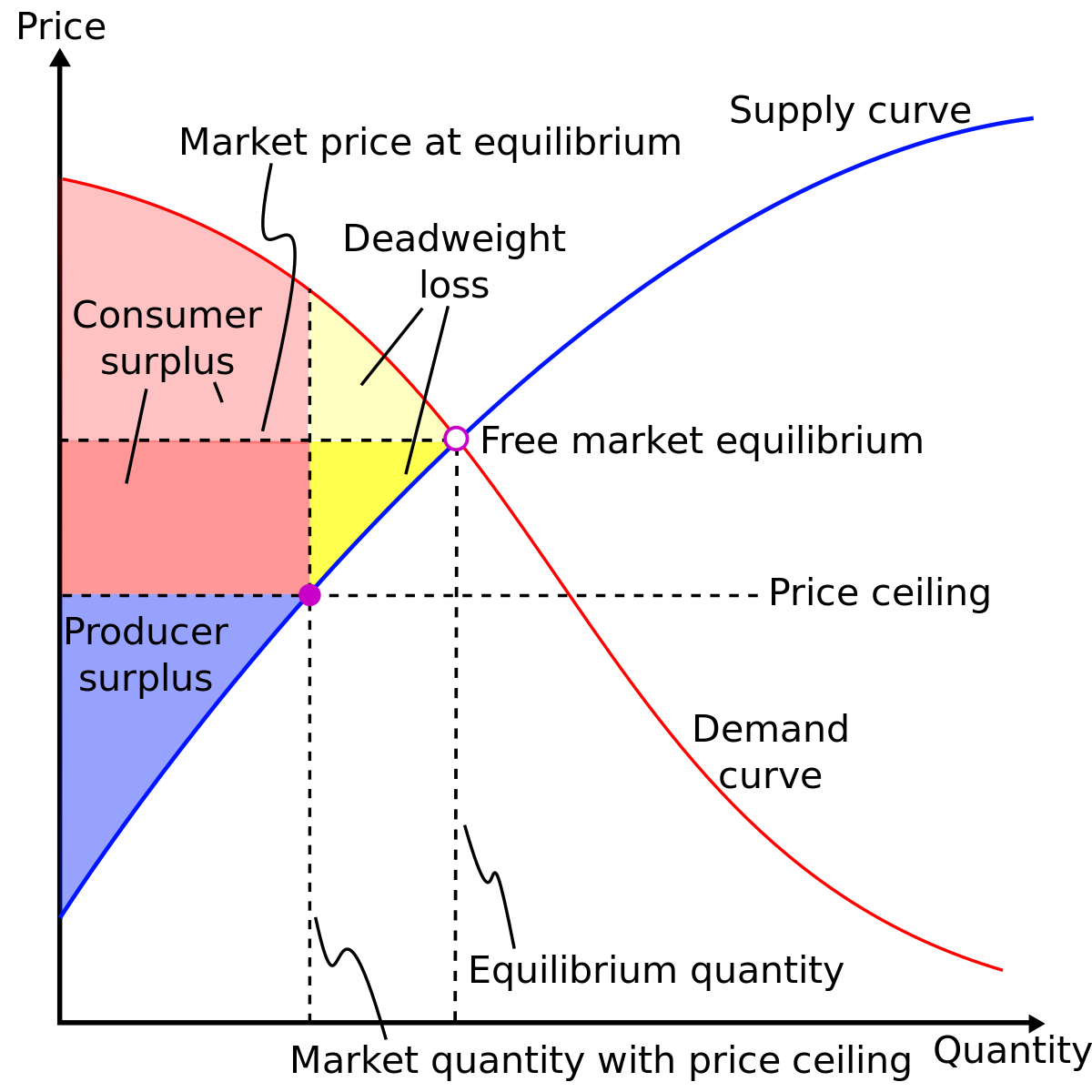


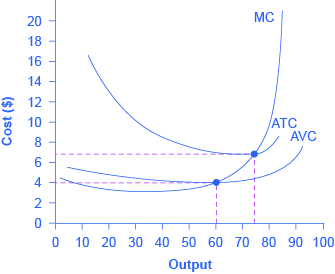
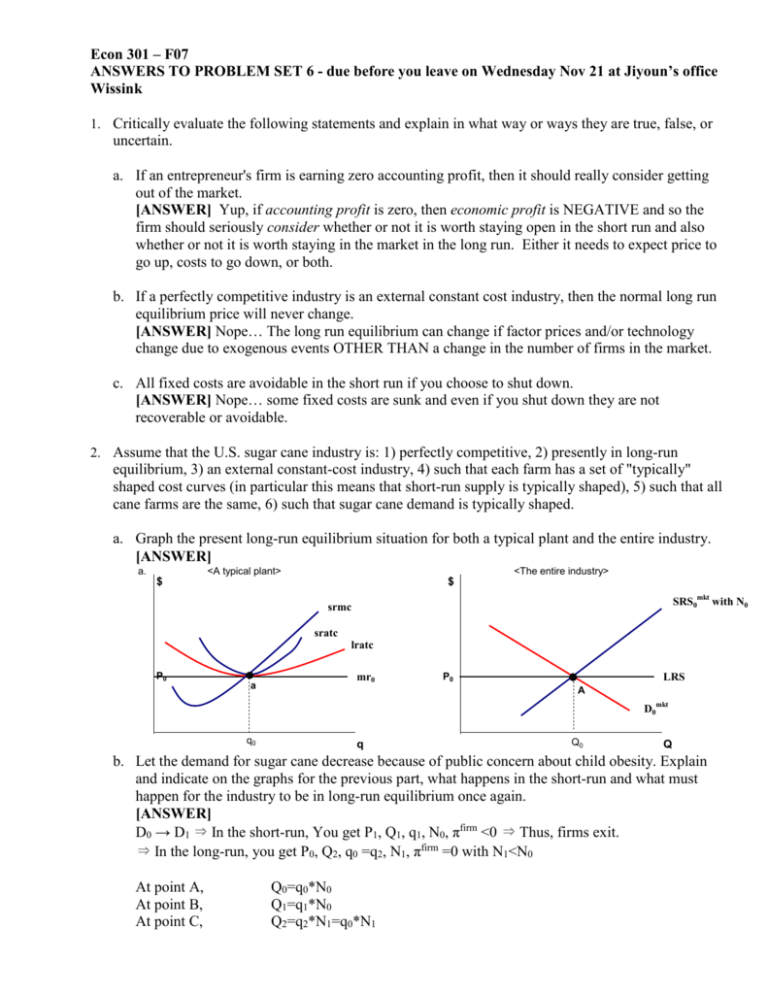
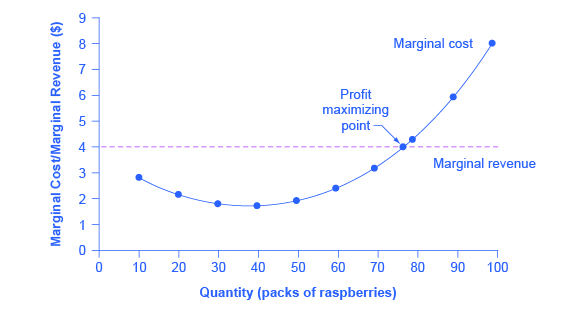
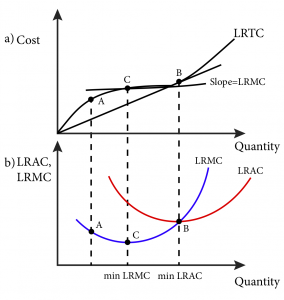
0 Response to "39 given the cost curves in the diagram, what market situation would you expect to occur?"
Post a Comment